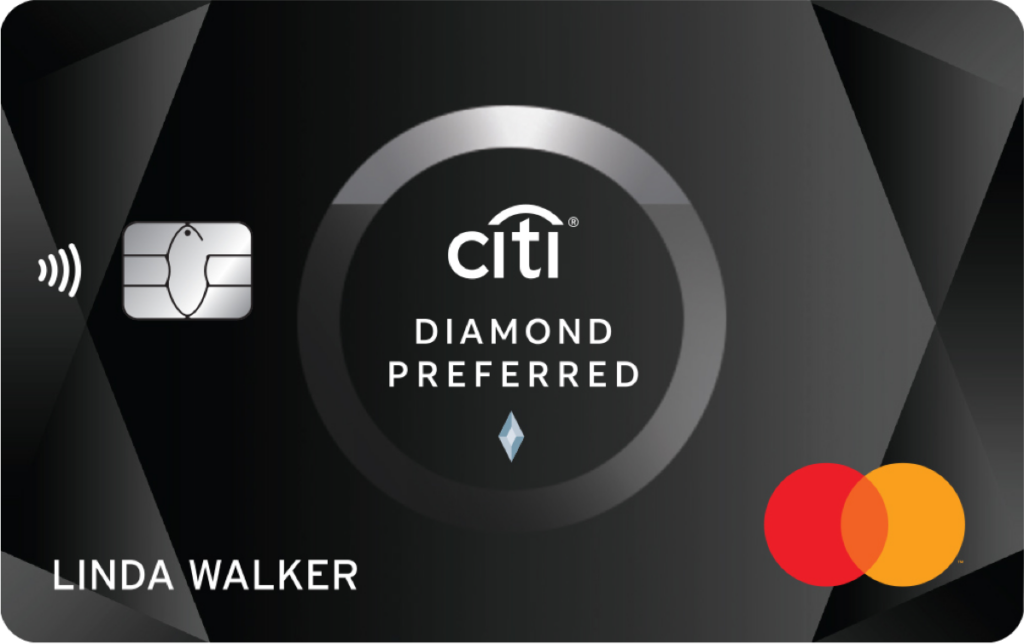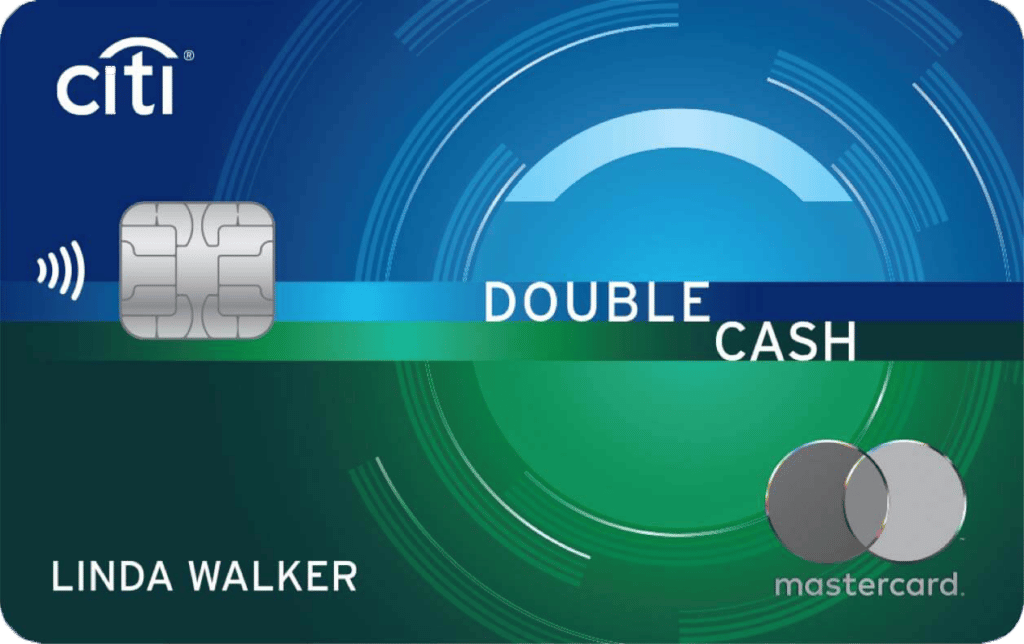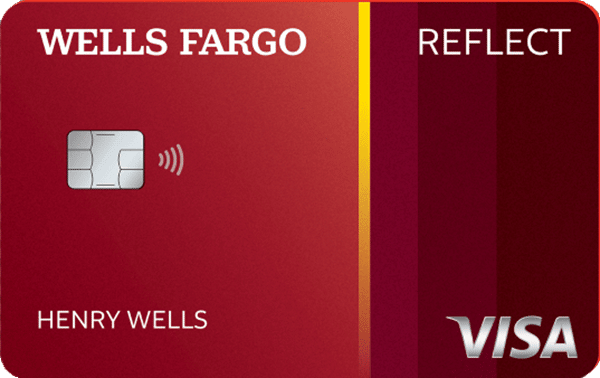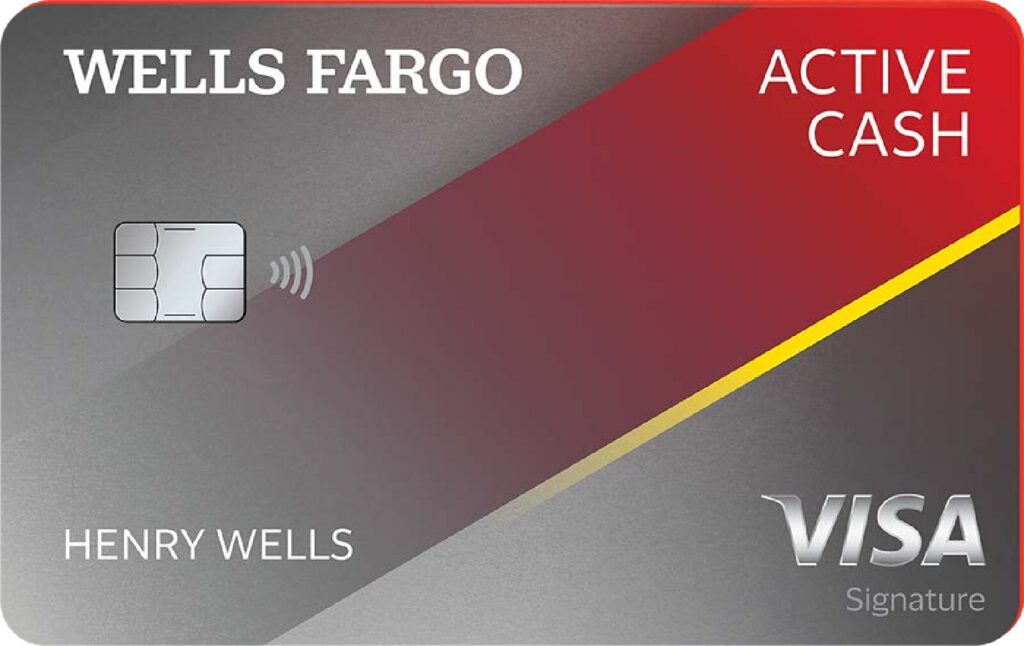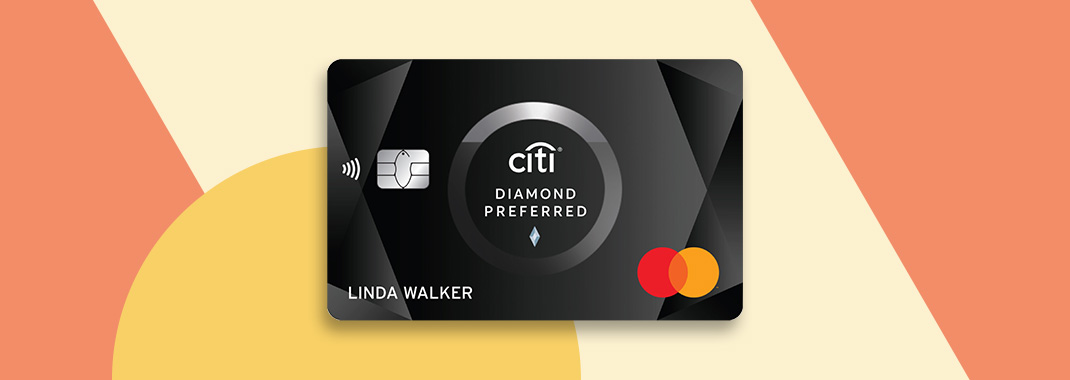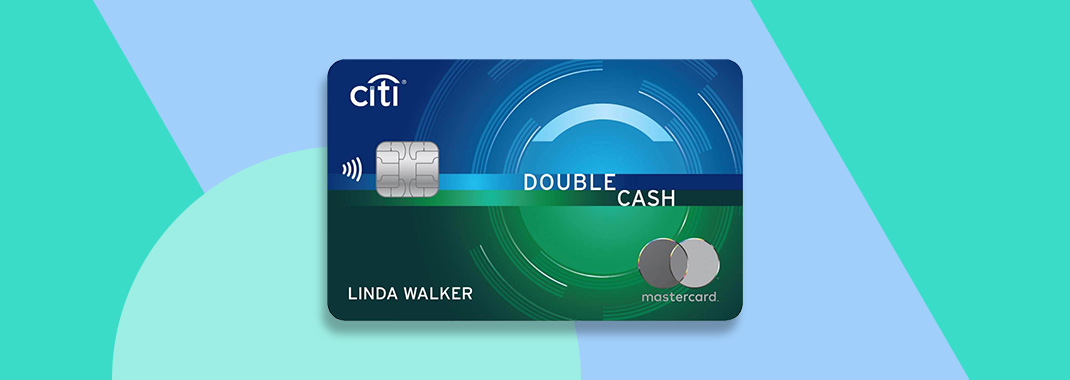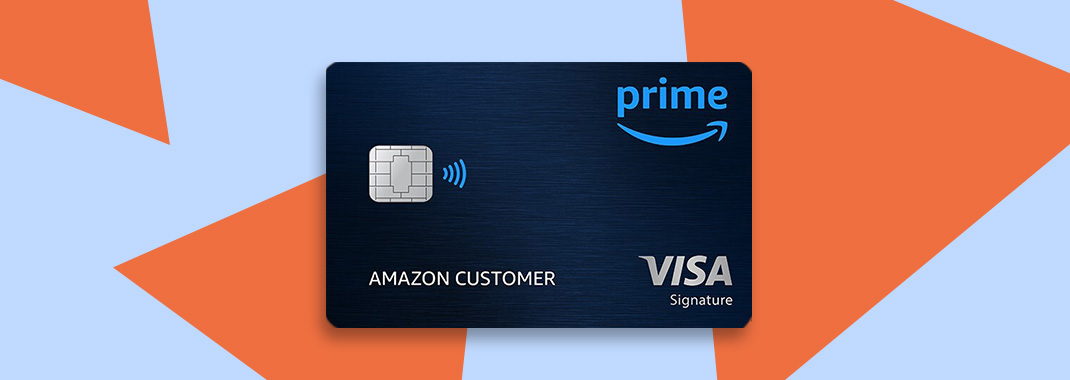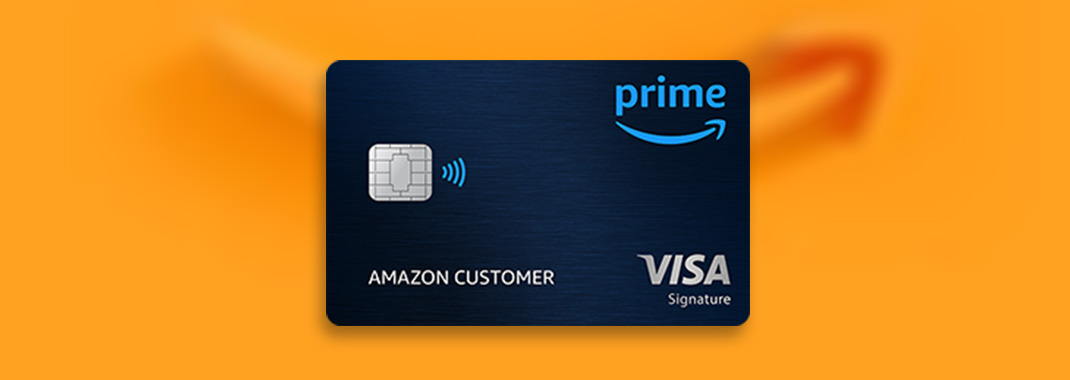Most products on this page are from partners who may compensate us. This may influence which products we write about and where and how they appear on the page. However, opinions expressed here are the author's alone, not those of any bank, credit card issuer, airline or hotel chain. Non-Monetized. The information related to Chase credit cards was collected by Slickdeals and has not been reviewed or provided by the issuer of these products. Product details may vary. Please see issuer website for current information. Slickdeals does not receive commission for these products/cards.
For many rewards credit cards — particularly cash-back credit cards — an introductory 0% APR promotion is just one of the many benefits you'll get as a cardholder. But the longest 0% APR promotions often don't come with a standard welcome bonus or rewards program.
That may leave you wondering: is it worth it to get a few extra months of interest-free payments if it means you can't earn rewards? Ultimately, the right answer depends on your current needs and your preferences. Here's what to con
Recommended Balance Transfer Credit Cards
| Credit Card | Intro APR | APR | Rewards Rate | Learn More |
|---|---|---|---|---|
|
|
0% for 21 months on balance transfers and 12 months on purchases
0% Intro APR on balance transfers for 21 months and on purchases for 12 months from date of account opening. After that the variable APR will be 16.99% - 27.74%, based on your creditworthiness. Balance transfers must be completed within 4 months of account opening. |
16.99% - 27.74% (Variable) | N/A |
Apply Now Rates & Fees |
|
|
0% for 18 months on Balance Transfers
Balance Transfer Only Offer: 0% intro APR on Balance Transfers for 18 months. After that, the variable APR will be 17.99% - 27.99%, based on your creditworthiness. |
17.99% - 27.99% (Variable) |
2%Cashback
Earn 2% on every purchase with unlimited 1% cash back when you buy, plus an additional 1% as you pay for those purchases. To earn cash back, pay at least the minimum due on time. Plus, earn 5% total cash back on hotel, car rentals and attractions booked with Citi Travel. |
Apply Now Rates & Fees |
|
|
0% intro APR for 21 months
0% intro APR for 21 months from account opening on purchases and qualifying balance transfers. 17.99%, 24.49%, or 28.74% variable APR thereafter; balance transfers made within 120 days qualify for the intro rate, BT fee of 5%, min: $5. |
17.99%, 24.49%, or 28.74% (Variable) | N/A |
Apply Now Rates and Fees |
|
|
0% intro APR for 12 months
0% intro APR for 12 months from account opening on purchases and qualifying balance transfers. 18.99%, 24.99%, or 28.99% variable APR thereafter; balance transfers made within 120 days qualify for the intro rate and fee of 3% then a BT fee of up to 5%, min: $5 |
18.99%, 24.99%, or 28.99% (Variable) |
2%Cashback
Earn unlimited 2% cash rewards on purchases. |
Apply Now Rates & Fees |
How Do 0% APR Credit Cards Work?
Zero percent APR credit cards come with an incentive for new cardholders. Upon opening your account, you may get an interest-free period on new purchases, balance transfers or both. Depending on the card, this promotion could last anywhere from six months to almost two years.
For 0% APR purchase promotions, you can typically make purchases throughout the promotional period and avoid paying interest.
With balance transfer promotions, you may need to transfer your balance from another credit card or loan within a certain period after opening the account — typically within three or four months — and pay an upfront balance transfer fee, usually 3% to 5% of the transferred amount, which gets tacked onto your new balance.
As long as you pay the minimum amount due each month, you won't incur interest during your promotional period. However, if you miss a payment, you could lose the promotion entirely. And if you have a balance at the end of the 0% APR period, you'll have to pay interest on it going forward based on the card's regular A
Here Are the Best Balance Transfer Cards
Visit the Marketplace
0% APR Credit Card With Rewards vs. 0% APR Credit Card Without Rewards
Just because a 0% APR credit card doesn't offer rewards, it doesn't mean you'll automatically get a longer 0% APR promotion. However, let's assume the only reason you'd consider such a card is because you're getting a better deal on interest savings.
With that in mind, deciding which type of 0% APR credit card you should choose depends on the math and your preferences. Here are some things to think about to determine the right option for y
The Math
Let's say that you're moving and need to buy some furniture for your new place. You apply for a credit card with a 0% APR promotion on purchases for 15 months. If you put $5,000 on the card, you could pay off the entire balance interest-free with a monthly payment of $333
If you'd put that balance on a credit card with a 21% APR and made the same monthly payment, it would take you 18 months to pay off the debt, and you'd pay $851.12 in interest.
If you also got a $200 welcome bonus and 2% cash back on your purchases, that's an extra $300 in value, for a total of $1,151.12.
However, let's say you can't afford to make that high of a monthly payment, so you opt for a card with a 0% APR on purchases for 21 months instead. That reduces your monthly payment to about
With that same monthly payment, a $5,000 balance on a credit card with a 21% APR would take you 27 months to pay off, and you'd pay $1,287.15 in interest — more than the value you'd get from the cash-back credit card with the shorter 0% APR promotion.
To understand the differences between the two options for you, run the numbers for your situation to get a better understanding of which one will offer more
Your Preferences
While the math may be heavily in favor of one or the other option, it's also important to consider your preferences.
For example, while you may be able to get more value with a longer 0% APR promotion and no rewards, not having the ability to earn rewards on purchases made after the promotional period expires limits that card's long-term value.
You can always apply for a different rewards credit card at that time, and if you don't mind having multiple credit cards, that can be a great way to go. But if you'd prefer to limit your exposure to credit cards, or you're concerned about how having multiple credit cards could impact your credit, it might be better to go with a card that offers the best of both worlds.
You may also want to consider whether you'd rather have a guaranteed welcome bonus or rewards at your disposal or potential interest savings in the futu
Best Rewards Credit Cards
Visit the Marketplace
Pros and Cons of a 0% APR Credit Card With No Rewards
Before you apply for a 0% APR credit card solely for its 0% introductory APR benefit, it's important to understand both the benefits and drawbacks of such a decision.
Pros
- Potential to save more on interest charges long-term
- Monthly payments can be lower
- Can help prevent additional debt
Cons
- May offer less long-term value
- You may miss out on other benefits
- Longer APR periods may not be necessary for all situations
The Bottom Line: Which Type of 0% APR Credit Card Should You Choose?
In the end, there's no right or wrong answer to the question of which 0% APR credit card you should choose. Think carefully about your needs — whether for purchases or a balance transfer — and how much debt you'll be adding to your new card.
Then, run the numbers for your specific situation and consider your general preferences on the matter. Shop around and compare low-interest credit cards to get an idea of what's available, and decide which set of features is best for


